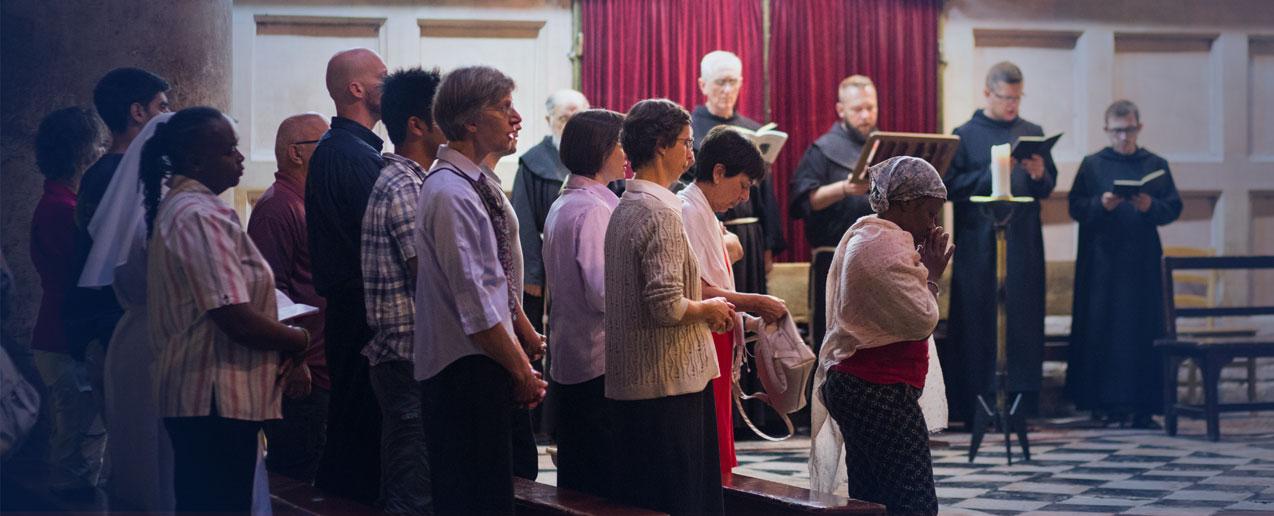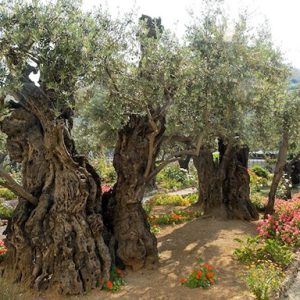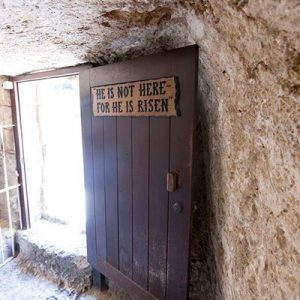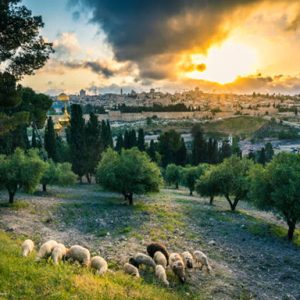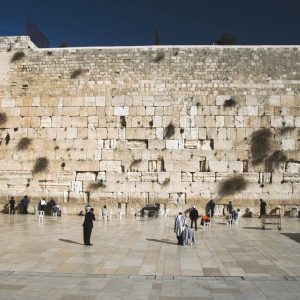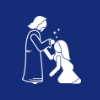How to Celebrate St. Joseph’s Day
If you love watching the parades on St. Joseph’s Day or bingeing on zeppole (doughnuts) and sfinge (cream puffs), there’s much more to this day than the grand processions and feast laid out for one and all. Those of you who attend mass religiously before partaking of the lavish spread may have at some point in time thought about the tradition, customs, and facts that make this day stand out as an important one. But what if your circumstances act as a deterrent and stand in the way of your celebrating the day? A prayer request could be the solution that you are looking for so you, too, can participate in this solemn occasion. Although you are not physically present, a prayer request will bring the much-needed peace to your mind and let you soak in the spirit of the occasion. Read on to delve deep into the facts and history that make this day so special and why it is observed all over the world.
The History of St. Joseph’s Day
Every year, St. Joseph’s Day is celebrated on March 19. It is also known as La Festa di San Giuseppe or the Feast of Saint Joseph. It is believed that St. Joseph was the husband of the Blessed Virgin Mary and the stepfather of Christ. Since the 10th century, certain Western calendars had started marking and celebrating March 19 as St. Joseph’s Day. The custom was adopted by the Romans by the late 15th century. Pope St. Pius V spread the acceptance of this date to the Roman Rite. It has been observed that between the late 19th century and the middle of the 20th century, people organized a Feast Day in veneration of St. Joseph as the husband of the Virgin Mary. Initially, St. Joseph’s Day was celebrated on the third Sunday after Easter; with time, it was moved to the Wednesday before and renamed as The Solemnity of Saint Joseph but in 1955, Pope Pius XII abolished this celebration.
St. Joseph’s Table
People don red attire as it is customary to wear this color on St. Joseph’s Day and participate in the celebrations. Participants construct an altar also known as St. Joseph’s Table and decorate it with candles and flowers, particularly white carnations and lilies. Food and wine are placed on the table. The food items include lemons, fish, seafood, and fava beans; these food items have a symbolic meaning and considered to be lucky. Fava beans must be included as it is the only crop that had survived the severe drought in the Middle Ages in Italy. It is also considered to be lucky as people believe that a dried fava bean brings good luck and fortune to a person who carries it with him or her. Breadcrumbs are included in the recipes as St. Joseph was a carpenter; the breadcrumbs denote sawdust or the dry earth left behind after the drought. But care is taken not to include any meat dishes, as St. Joseph’s Day falls during the season of Lent.
According to popular belief, if a woman who wants to get married manages to steal a lemon from St. Joseph’s Table, she will have better luck in finding a husband.
According to the legendary story, St. Joseph interceded on behalf of the villagers during a severe famine in Sicily and prayed for rain. The Lord answered his prayers and the famine came to an end. The villagers held an annual feast to honor the Almighty and St. Joseph. This gave birth to the tradition of well-to-do families preparing large meals and distributing the food to the less fortunate people like the homeless, ill, and poor.
The Three Tiers of the Table
St. Joseph’s Table comprises three tiers that symbolize the Most Holy Trinity. The topmost tier holds a statue of the saint amidst greenery and flowers, particularly lilies. The other two tiers are decorated with food and other items such as candles, and symbolic pastries and bread shaped like fish and doves.
The Table is always blessed by a priest and a basket is kept for the people to place their prayer petitions.
What is Eaten on St. Joseph’s Day?
Traditionally, the food items laid out on St. Joseph’s Table must include fava beans and lemons. Stuffed artichokes, other vegetables, and a bean soup known as minestras are served during the feast. There is an assortment of bread but it is baked into symbolic shapes such as a hand, cross, or staff. Cheese is not eaten on this particular day. Certain dishes are sprinkled with dry breadcrumbs as a topping. Dessert includes cookies with almonds and sfinges rolled in sugar or filled with custard or cream.
How Does the Day End?
The words Viva La Tavola di San Giuseppe mark the beginning of feasting. After feasting is over, the altar is broken. This is followed by Tupa Tupa or Knock Knock signifying the Holy Family’s search for shelter before Christ’s birth. Three children dressed as the Holy Family knock on three doors seeking shelter; they are refused twice and welcomed in the third house.
At the end of the day’s celebrations, every participant is given a bag containing fruits, pastries, cookies, bread, a medal with an engraving of St. Joseph, a Holy Card and/or a sanctified fava bean.
